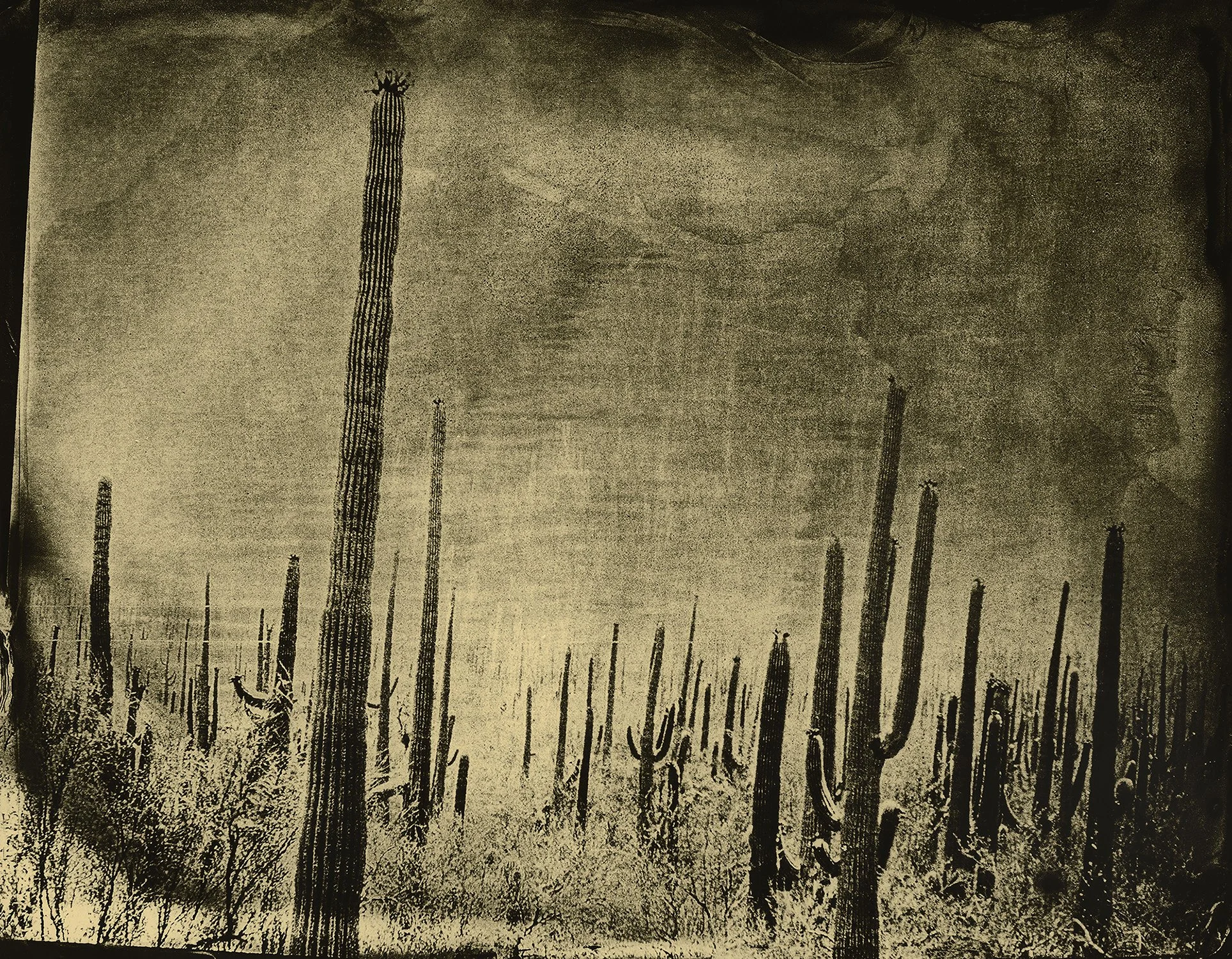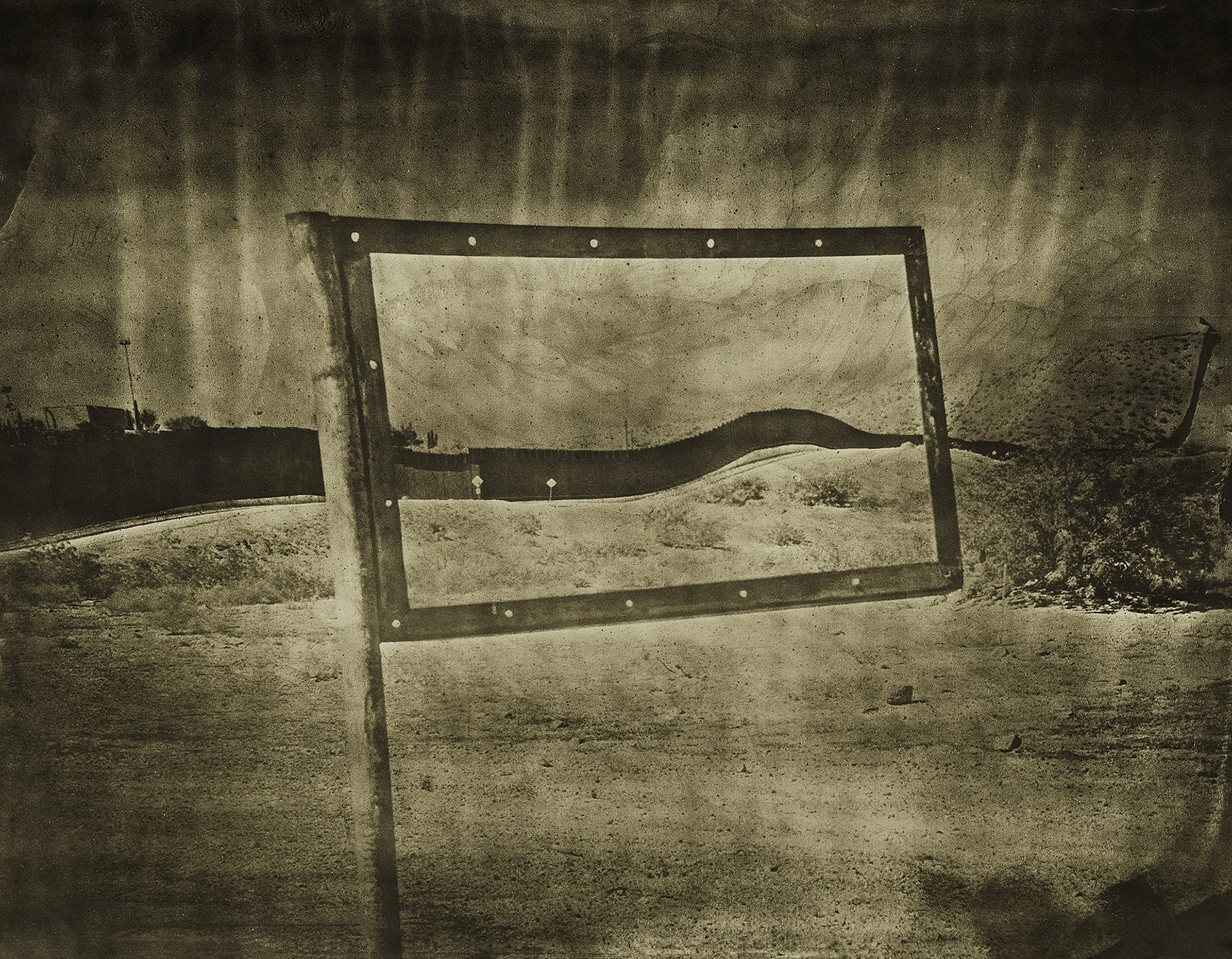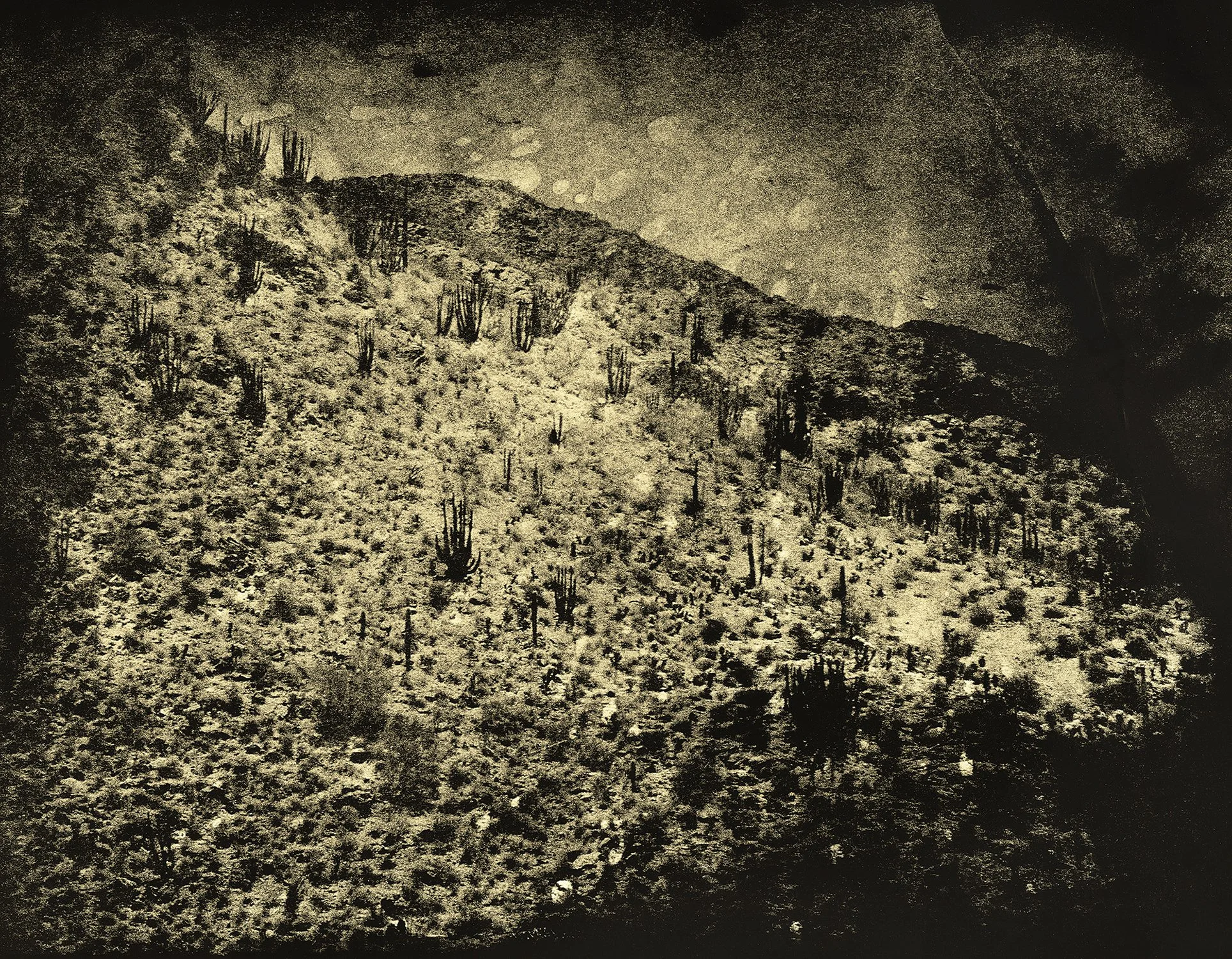Marcus DeSieno
Geography of Disappearance: Migrant Deaths on the US/Mexico Border
Ellensburg, Washington • marcusdesieno.com





-
The United Nations has declared the border between the United States and Mexico to be the deadliest land crossing in the world and a humanitarian crisis. Thousands of men, women, and children have died crossing the 1,900 mile border through brutal deserts and impassible mountains with harsh climate conditions year-round. The US government strategically uses draconian policies here that follow a philosophy of “prevention through deterrence,” forcefully directing migrants into unforgiving terrain where they wander for days in the elements. These policies are specifically meant to maim and kill. Many of these migrants are sometimes never found as they die in the vast emptiness of the wilderness. The earth reclaims their bodies, and they disappear. Nature is used as an executioner by proxy.
I photograph along the border and go to the exact locations where the bodies of unknown migrants have been recovered using autopsy reports and data collected by humanitarian organizations as well as local and state police. I use alternative photographic processes in the darkroom to speak to the complex social and political narratives that run through these landscapes. The hazy, impressionistic, and forceful mark-making embedded in these photographic processes act as a metaphor for the physical and psychological violence that these migrants experienced as they perished.
These sites of death are the direct consequences of the oppressive ideologies, build upon a legacy of white supremacy, that continue to guide the United States forward into the 21st century. The photographs act as a space for somber remembrance of the deceased and serve as an examination of the cruelty woven into the fabric of my country.
-
These photographs are printed for exhibition as archival pigment print enlargements of lith prints made from wet-plate collodion negatives. I exhibit them at two sized editions at 14"x18" and 28"x36"
